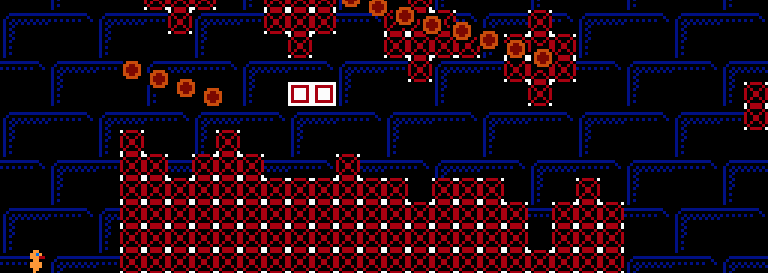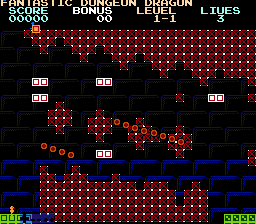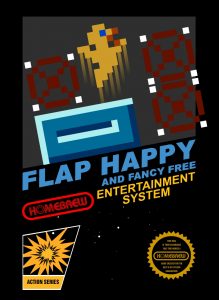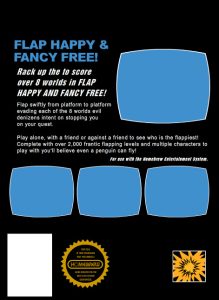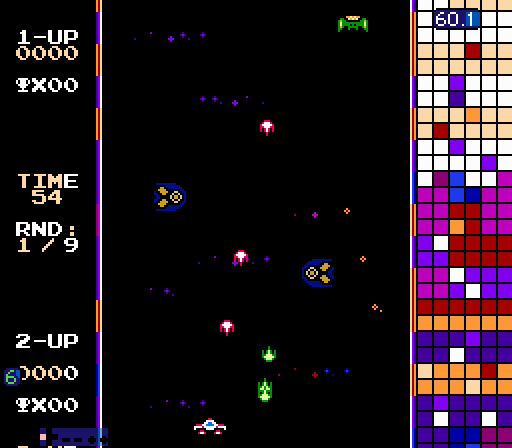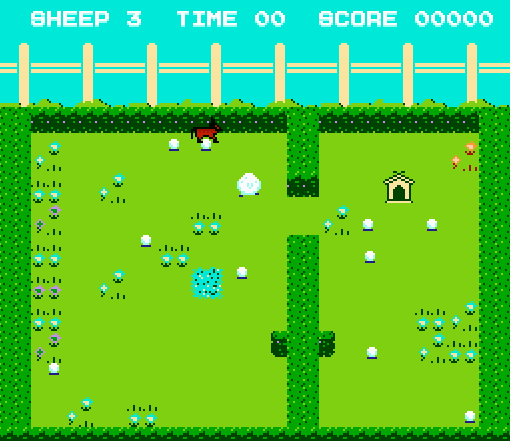So, this week I managed to add a bit more to Flap Happy. Some of it obvious, some…not so much.
Firstly, there’s now some semblance of a background, just some simple dungeon walls in a loop but it was more the journey to getting them working that proved the interesting / challenging part. Y’see, It’s all down to how I have the levels generated….
- Firstly we fill the room with spikes.
- Put some verticals up on either side
- Then generate paths from left to right with varying heights.
- Then, and only then, do I actually draw the blue dungeon blocks, where the plain black spaces were.
Which is kinda backwards really when I think about it but hey. It works, I’ll take that.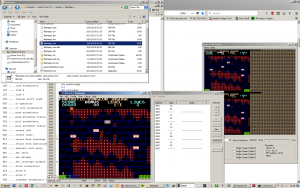
The next issue was that of filesize.. The ROM image is 8kb too large for an NROM256 cartridge which should comprise of the following:
a 16 byte header
2 x 16kb PRG-ROM banks (Where the games code appears)
1 x 8kb CHR-ROM bank (Our Background and sprite tiles)
That should total up to just over 40kb…But that ROM says it’s 49kb. That can’t be right!
After a bit of puzzling with the NESASM3 compiler and messing around with my code banks to no avail I decided to just load the ROM into a text editor to see what was going on and, sure enough, 8192 blank characters at the end of the ROM file, doing sod all.
A quick deletion of those and (fingers crossed)… The game still loads and runs just fine, 40kb (well plus 16 bytes of header)!
The next issue is that regarding the generation of platforms in-game. Sure, they’re all positioned nicely now but, they shouldn’t all be active at the start of the game.
Thankfully, I have a fair chunk of zeropage RAM available to me so I’m storing the screen positions in memory… in memory. Yeah, I know. So, this weekend I’ll hopefully have that side of things sorted and some more obstacles can be placed for next week!
In the mean while, here’s some initial box art I’m playing around with, it’ll change a lot through time I’m sure.
Right, back to the code!

